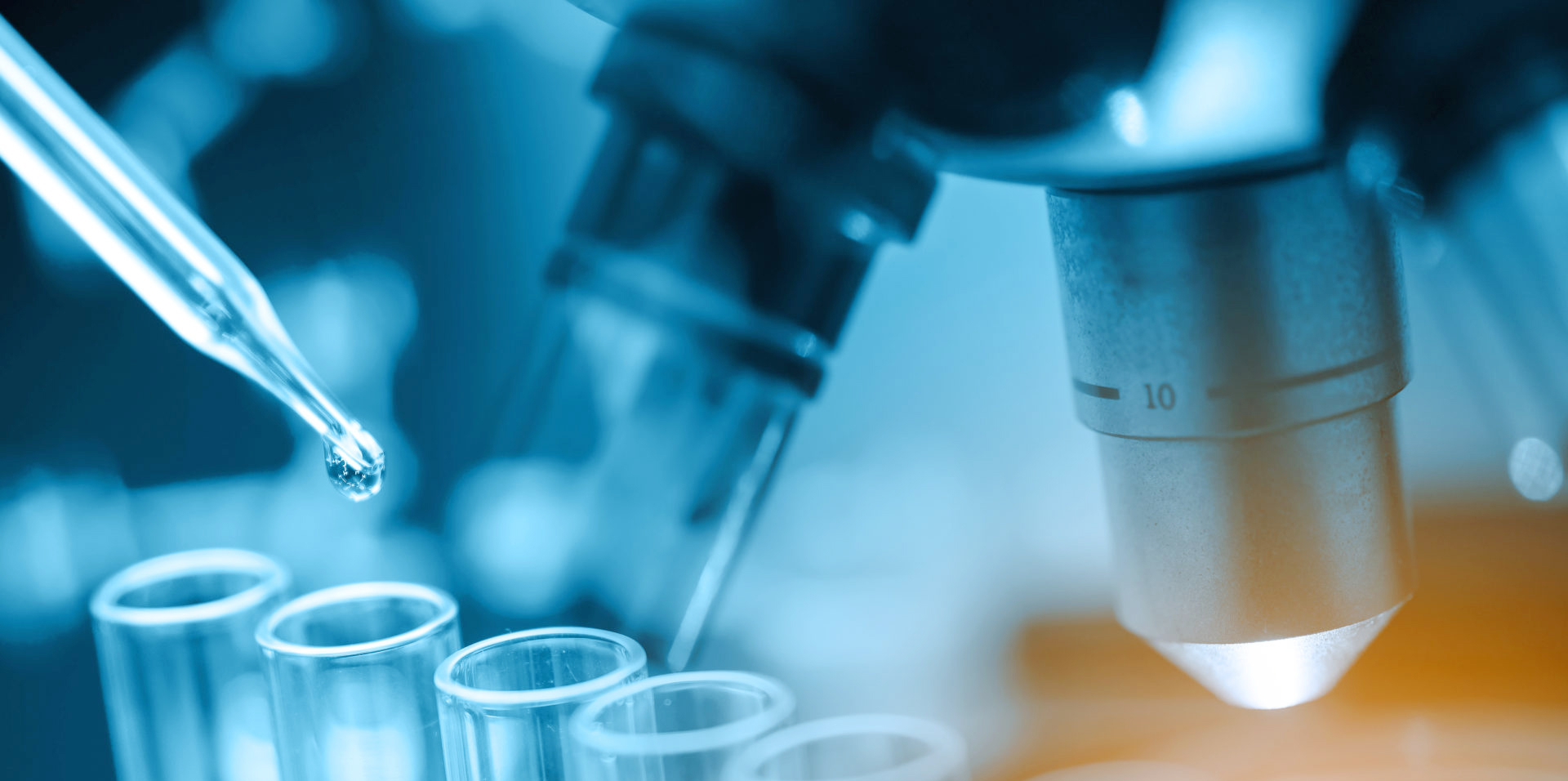
Newsroom
Sll1725 Can Detoxify Cadmium Ion Stress in Synechocystis sp. PCC 6803
Surveys conducted from 1990 to 2015 revealed that the annual input and consumption of cadmium in China increased by 8% and 7% respectively. Algae show promising potential for treating cadmium ion pollution, but limited exploration of their molecular mechanisms has restricted the utilization of algal resources. Investigating the mechanisms and components of heavy metal resistance in cyanobacteria can facilitate the development of algal resources. Transporters are believed to play a role in multi-substrate stress resistance and have been widely studied as targets for antibiotics and herbicides in bacteria and plants. However, the resistance mechanisms of various types of transporters in cyanobacteria to cadmium ions remain unclear.
Recently, a research team led by Professor BI Yonghong from the Institute of Hydrobiology (IHB) of the Chinese Academy of Sciences, discovered a novel ABC transporter, Sll1725, which can mediate cadmium ion detoxification in Synechocystis sp. Their article was published in the journal Ecotoxicology and Environmental Safety.
Through multi-omics analysis, the researchers found that protein-to-mRNA ratios followed a Gaussian distribution, and cadmium ions affected transcriptional regulation. Further research reveals that multiple transporters are upregulated at both mRNA and protein levels under cadmium ion stress, among which Sll1725, belonging to the fourth type of ABC transporter, has the highest expression level. It was inferred that Sll1725 could alleviate cytotoxicity by excreting cadmium ions.
By using molecular simulation analysis and inductively coupled plasma mass spectrometry (ICP-MS) determination, the researchers found that adenosine triphosphate (ATP) induces conformational changes in Sll1725, which leads to cadmium ion transport due to the difference in binding free energy. Through heterologous expression, the researchers discovered that Spirodela polyrhiza overexpressing sll1725 exhibited good cadmium tolerance.
This study is the first to verify that a fourth type of transporter plays a role in detoxifying cadmium ions in model cyanobacteria and to explore its detoxification mechanism. This research not only provides a theoretical basis for applying algal genetic resources in cadmium pollution control, but also identifies multiple potential genetic modification targets that could enhance algal tolerance. In addition, exploring the technical route of overexpressing prokaryotic genes in duckweed is conducive to the utilization of algal genetic resources.
(Editor: MA Yun)